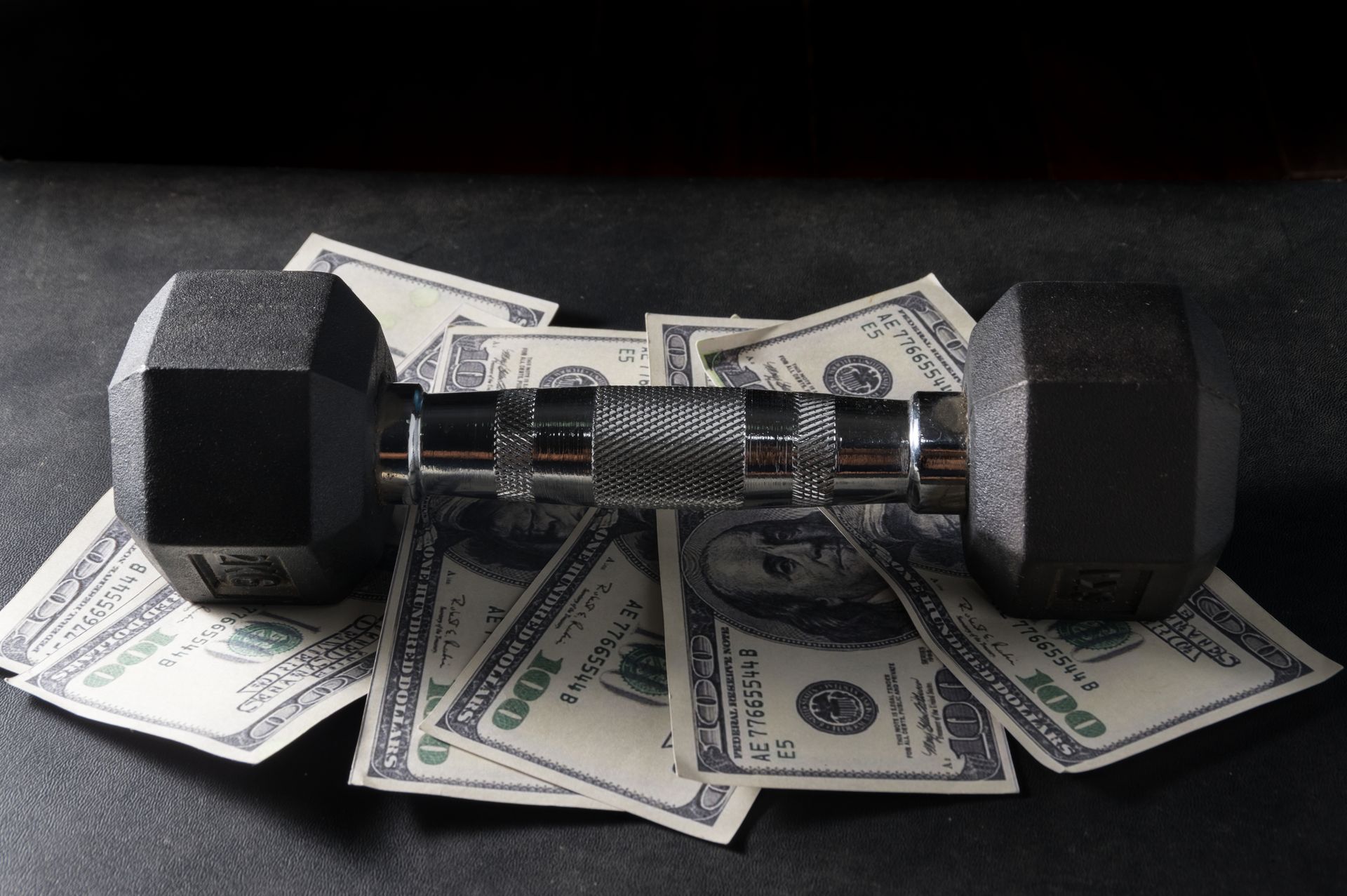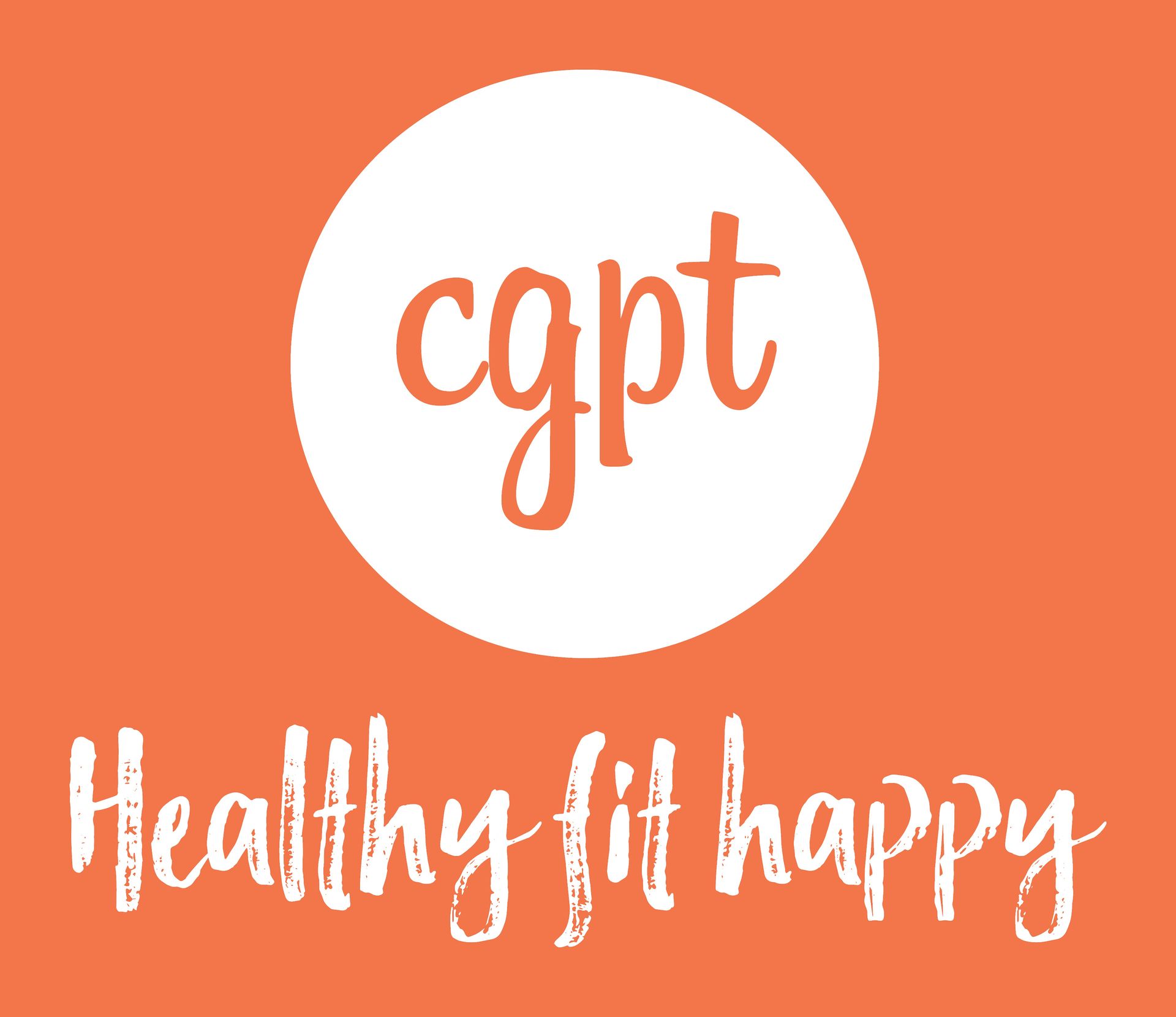What to Expect at Your First Personal Training Session at CGPT (And Why It’s Different to Every Other Gym)
What to Expect at Your First Personal Training Session at CGPT (And Why It’s Different to Every Other Gym)
Searching for personal training in Melbourne but feeling nervous about taking that first step? You’re not alone. For many people, booking that first session is the hardest part. Maybe you’re worried about being judged, pushed too hard, or simply stepping into an environment that feels intimidating.
At CGPT in Hawthorn, we specialise in helping everyday people - from complete beginners to busy professionals and parents - feel at ease from the moment they walk through our doors. Our private, personalised approach means your very first session will look (and feel) completely different to what you might expect at a typical big-box gym.
Let’s break down exactly what happens at your first session with us, so you can start feeling excited (not anxious) about getting started.
It Starts With a Warm Welcome - Not a Weigh-In
At CGPT, we believe building trust comes before building muscle. That’s why your first session isn’t about jumping straight onto scales or measuring your body fat. It’s about getting to know you.
You’ll meet one of our expert trainers - like Andrea, Tim, Laurence, James, Sophie, Jon, Mia or Adam - who will sit down with you for a relaxed chat. This is where we’ll learn about:
· Your lifestyle and daily routine
· Any previous injuries or health concerns
· Your experience with exercise (or lack of - no judgment here!)
· Your goals, big or small - from fitting into your favourite jeans to easing back pain or getting stronger for your kids.
This conversation helps us tailor everything that follows, so you’re never thrown into a generic program that doesn’t fit your body or your life.
A Movement Screen Designed for You
Next, your trainer will guide you through a simple, science-backed movement assessment. This isn’t a pass or fail test. It’s a chance to see how your body moves, spot any imbalances or weaknesses, and ensure we create a program that’s safe and effective for you.
You might do a few basic squats, lunges or reach movements - all carefully chosen to match your current ability. Many people find this eye-opening, as they start to understand how their body actually works (and what might be holding them back).
A study published in the Journal of Strength and Conditioning Research highlights that functional movement screening helps reduce the risk of injury and improve long-term training outcomes by identifying compensations and mobility restrictions early on1.
Your First Taste of Training - Calm, Controlled and Tailored
Once we’ve gathered enough insight, we’ll ease you into your very first workout. Expect gentle, hands-on coaching that’s 100% personalised.
Depending on your goals and current fitness level, we might focus on:
· Basic strength moves with bodyweight or light resistance
· Some core activation and balance work
· Simple mobility drills to loosen tight areas
You’ll also learn about correct technique - because moving well always comes before moving heavy. This is where our trainers truly shine. From Andrea’s balanced, intuitive style, to Laurence’s technical expertise and James’ ability to make training genuinely fun, you’ll be guided by professionals who care more about how you feel than how much weight you lift.
No Crowds, No Ego - Just Your Journey
One of the biggest reasons people choose CGPT over other gyms is our atmosphere. As a private personal training facility, there’s no sea of mirrors, intimidating machines or strangers watching. It’s just you, your trainer, and a space set up for focused, effective training.
This helps you concentrate on your own progress - not on what everyone else is doing. It’s also why many of our clients say they finally felt comfortable starting their fitness journey here, after years of avoiding typical gym environments.
What Happens After Your First Session?
By the end of your first session, you’ll walk out with:
1. A clearer understanding of how your body moves
2. A realistic plan for your goals
3. A growing sense of confidence - because you’ll have already done your first tailored workout
From there, your trainer will map out a personalised program, designed around your body, schedule and goals. You’ll know exactly what to expect at your next session, and have an expert in your corner every step of the way.
Why CGPT is Different
So why does this all matter? Because your first session is about more than just sweating - it’s about building a foundation you can sustain.
At big gyms, you’re often thrown into classes or programs that have little to do with your actual needs. You might be left trying to mimic movements with no real coaching, or pushed into routines that don’t account for your mobility or injury history. The result? Frustration, poor technique and even higher injury risk.
Research published in the British Journal of Sports Medicine underscores that properly supervised strength training significantly lowers injury rates and improves adherence, especially in beginners2.
At CGPT, your personal trainer keeps you accountable, helps you progress safely, and ensures your plan evolves with you. It’s why our clients - from busy professionals to parents juggling it all - see such lasting results.
Thinking About Booking? Here’s Your Gentle Nudge
If you’ve ever thought, “I’m not a gym person,” or worried you’d be judged, pushed too hard, or made to feel out of place - we’re here to show you it doesn’t have to be that way.
Come in for an initial consultation and movement screen, and see firsthand why so many people in Melbourne have discovered a new relationship with fitness at CGPT. You’ll never be just a number - you’ll be coached, encouraged and supported every step of the way.
Ready to Get Started?
Whether you’re completely new to strength training or simply want a smarter, more personalised approach, your first session at CGPT will set you up for long-term success.
Want to learn more or book your initial consult? Email Andrea directly at andrea@chrisgympt.com - she’d love to help.
References
1. Kiesel K, Plisky PJ, Voight ML. (2007). Can serious injury in professional football be predicted by a preseason functional movement screen? North American Journal of Sports Physical Therapy. 2(3):147-58.
2. Lauersen JB, Bertelsen DM, Andersen LB. (2014). The effectiveness of exercise interventions to prevent sports injuries: a systematic review and meta-analysis of randomised controlled trials. British Journal of Sports Medicine. 48(11):871-7.




